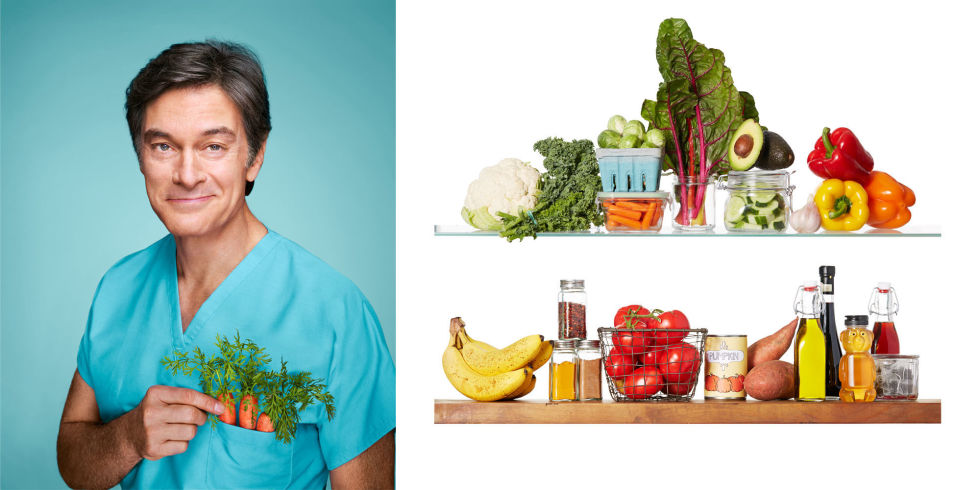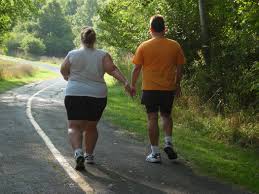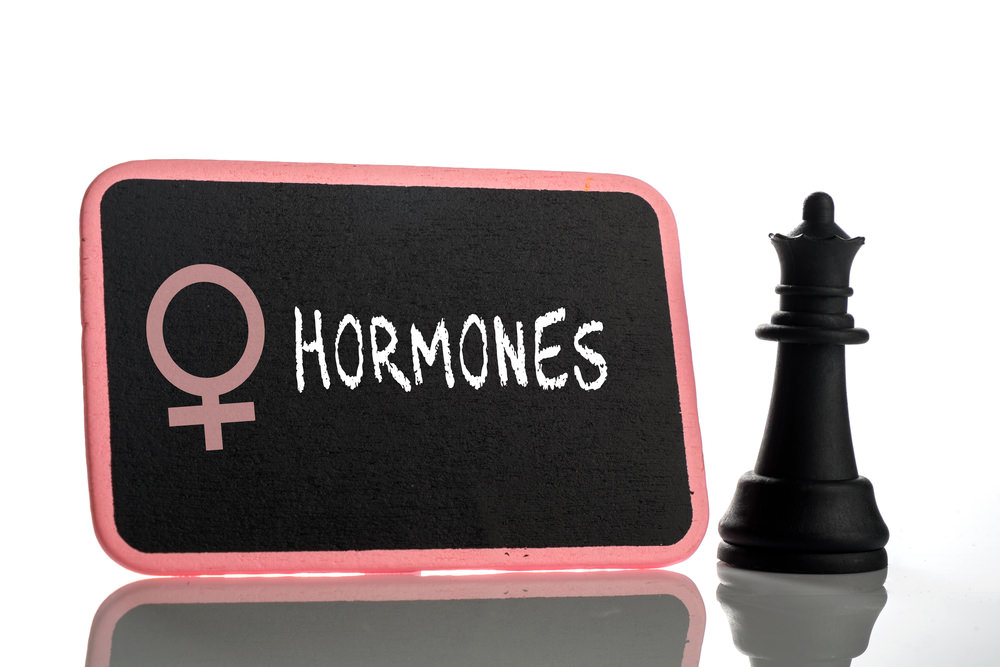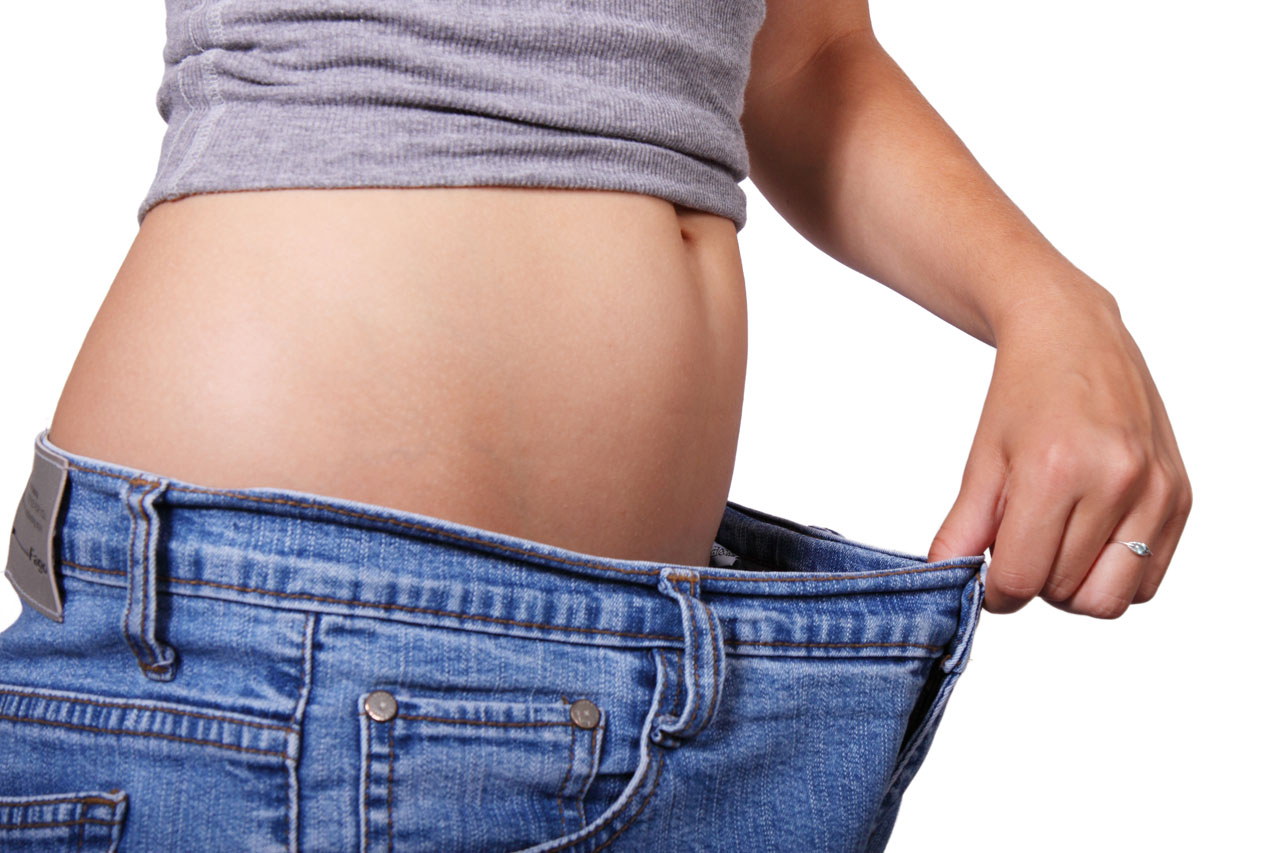Effective body cleansing done naturally

Effective body cleansing done naturally yields good result in individual’s general health
Effective body cleansing done naturally: Detox diet
The process of natural detox is healthy and user friendly in all dimensions. Effective body cleansing is made possible with natural detox diets which are designed to help the body purge itself of toxins. To archive this, certain foods must be given up through a process referred to as fasting or purging. Such food will slowly reinstate systematically. Speaking to the experts at AWAREmed health and wellness resource center under the leadership of doctor Dalal Akoury MD this can be illustrated in the sense that, you might start with a liquid diet for one or two days. Then you graduate to four or five days of brown rice, fruit, and steamed vegetables. By and by, you can add other foods, excluding red meat, wheat, sugar, eggs, and prepackaged or junk food. Remember that in all these, the organic foods and drinks and lots of water are required on a natural detox diet. Alcohol, caffeine, tobacco, drugs, processed or refined foods, and certain supplements are not allowed.
AWAREmed Health and Wellness Resource Center being a home of solutions will help you make progress. When you visit this facility, doctor Dalal Akoury MD being the founder together with her team of experts will not only naturally detox but also paired it with changes in lifestyle, primarily to foster the cleansing of toxins from the body. We recommend saunas and other exercises to increase sweating which is another useful way of purging the body of certain substances.
Effective body cleansing done naturally: Natural ways of detoxification
The body is an expert in eliminating elements which are seen to be un-necessary to the body on its own however in certain extreme cases where these substances are overwhelming other natural means can be applied for detoxification. In this instances your liver, lungs, kidneys, skin, and digestive system are programmed by Mother Nature to keep your body clean all round. Alongside that, you can give your body natural detoxing powers a boost with some of these easy tips.
Stay hydrated with water – Water is part of every metabolic process in the body, and adequate water intake helps keep the balance of body salts normal. Natural thirst should always be addressed. And remember that fruits and vegetables are almost all water, so 5-7 servings can boost your natural water intake. And the best way to tell if your water intake is adequate is to check the color of your urine. Pale yellow is the goal. If it’s any darker than that, drink a glass of water or two.
Avoid alcohol including red wine – Alcohol is not healthy food it’s also a diuretic, which can be dehydrating. And it’s a double diet whammy, bringing both the extra calories and the lowering of mental focus to say no to higher-calorie foods.
Eliminate processed and prepared foods – Purpose not to consume foods that come in cans, boxes, bags or jars. Avoid restaurant foods since many of them may look healthy but the preparation process may include unhealthy oils, or may be saturated in a creamy sauce. Therefore eliminating processed foods is the quickest and easiest way to limit excess sugars, fats, and calories.
Break a sweat – Skin is the body’s largest organ, and sweating helps you eliminate excess body salts and other metabolites of body processes. Breaking a sweat every day is a good way to support your body’s healthy elimination of metabolic breakdown products.
Get some sleep – Purpose for seven to nine hours every night. Enough sleep supports and maintains a healthy brain.
Change your response to stress – While eliminating stress is not realistic, changing how you respond to daily stressors goes a long way in boosting a healthy body. Start with the concept to “stop and think” with a deep breath before you respond. Stress has both physical and mental effects on metabolic and behavioral activities. And simple steps like eating well, getting adequate sleep, and being physically active are helpful in maintain, controlling and managing your stress more effectively.
Effective body cleansing done naturally: Detox diet
http://www.awaremednetwork.com/









